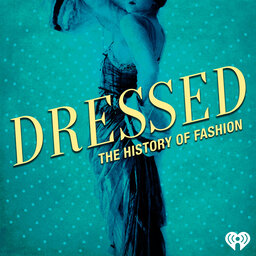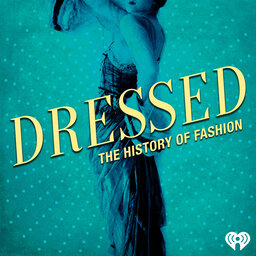What the Tux?: a History of the Tuxedo, an interview with Chloe Chapin
Ever wonder why "acceptable" forms of dress for men are so prescriptive? So formulaic? In this episode we speak to Chloe Chapin about the origins of men's suits and the tuxedo specifically.
Learn more about your ad-choices at https://www.iheartpodcastnetwork.com
 Dressed: The History of Fashion
Dressed: The History of Fashion


